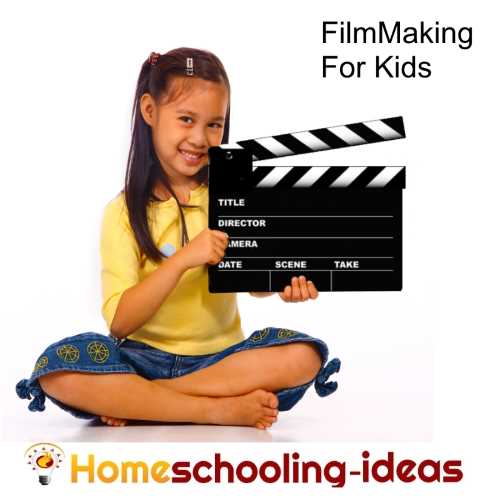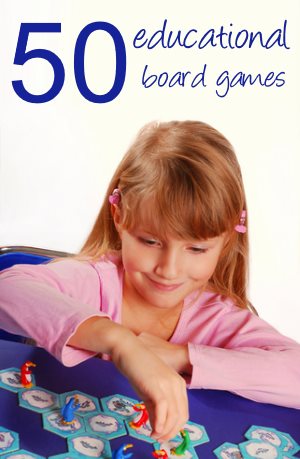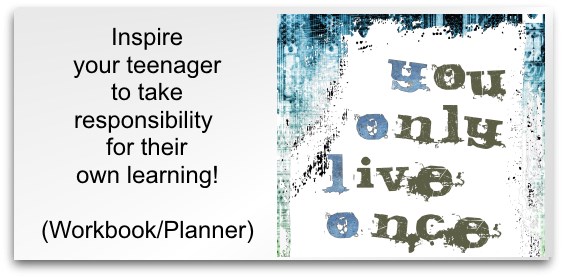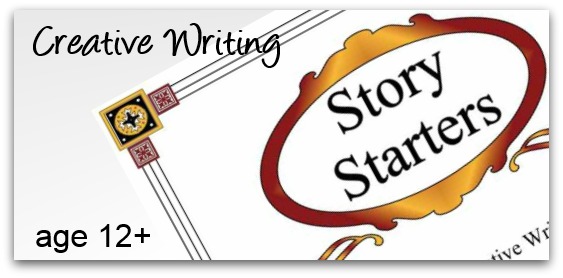Filmmaking for Kids
Directing a Non-Talking Film
Are your kids interesting in filmmaking and directing?
Making a 'no talking' film is a technique that Directing courses use to force you to pay attention to the story you are directing. And it is a great way to get started in filmmaking for kids.

Actor and director John Montana's films have appeared in several film festivals. When John enrolled at the UCLA in the Extension Directors program he was required to make several non-talking films. Here he shares why this technique is useful for beginning directors - and how to get started.
How To Make a Non-Talking Film
Movies are really “moving pictures”. And there usually is no speaking in a picture, or if there is, it is silent. You see their mouths moving. But in my opinion, this is not “non-talking”, it’s just that the sound is turned off.
I really enjoy making short films with no talking, not even seeing their mouths move. This is a much more challenging way to make a film, because you have to tell the story “without speaking”. This will cause you to think out of the box, so to speak. Speaking in a movie is really a crutch or a helpful aid, when you don’t know to progress the story without words anymore. And that’s okay for a feature film.
There are very, very few feature films that are non-talking any more. The most recent is the film that was nominated for a bunch of Oscars back in 2011. This brilliant film showed how effective non-talking was. You still enjoyed the movie, you still understood what was going on. It just caused you to pay attention to what was happening. Because if you were texting or talking to your friend, you missed something.
So how do you tell a story without speaking? Good question! How do you tell one? I think that it is up to each one of you to create it out of your imaginations.
When I went to UCLA Directing, the first 8 films that we had to make were “no talking allowed”. This was so hard for me in the beginning, because it forced me to try and come up with another way to fulfill my homework assignment. So I began to think in “moving pictures”; pictures that I would film that were no more than 10-15 seconds long.
Example Film Shots
Here’s an example: I made a short film about a young girl, maybe 10 years old. You first see her with her mom as they walk into a small chapel. The girl goes and sits in a bench, while her mom goes and kneels in front of a casket. So here is how I shot it:
Shot #1 - The first non-speaking scene I shot was of these two ladies walking in thru a door. Mom points to the pew, and the young girl goes and sits down. Then the mother walks to the front. Simple first shot…right?
Shot #2 - The next shot is of the young girl sitting alone, when she suddenly hears a familiar song. She lifts her head, looks towards the back of the church and gets up out of the pew and starts to walk back. Okay, that’s shot #2. Still pretty simple…right?
Shot #3 - Third shot is of her walking very slowly, hesitantly down the aisle toward the camera. The camera is moving with her, staying in front of her, until she comes to the corner and peeks around.
Shot #4 – The girl sees a man in an old, faded plaid shirt playing on a piano in the church lobby. She runs happily to him and sits next to him.
Shot #5 – The girl starts to play the piano with him. Now the music can be heard, but there still has not been one word spoken.
Shot #6 – The man and the girl play a duet on the piano, and then finish. She looks up at him and smiles. The reverse angle of this was from the man’s point of view looking down at her. She leans into him and he holds her tenderly.
Shot #7 – This shot is back to her looking at him as he smiles at her…I shot this very long, time wise.
Shot #8 – I had the girl stay in position, as the man left the piano. So she was looking then at an empty space. In editing, I was able to merge the two pieces together, so that in the final version, she is looking at him as he fades away. She then turns back to the piano and puts her face down in her hands.
Shot #9 – This was a single shot of her mom, looking at her from the corner with tears in her eyes.
Shot #10 – The last shot was a moving shot into the picture of the man next to the casket. It is the same man that was playing the piano with the young girl.
So not once, was there any speaking or words. But the story I tried to tell was that of a young girl saying goodbye to her dad, who has just passed away, but in a different way. A way that was more meaningful to her, more personal to her, a shared experience that meant more to her than just kneeling in front of a casket.
The film was only about 3 minutes long, but I thought it was very effective. The story was very clear, and I didn’t need to have anyone talking. Not a single word.
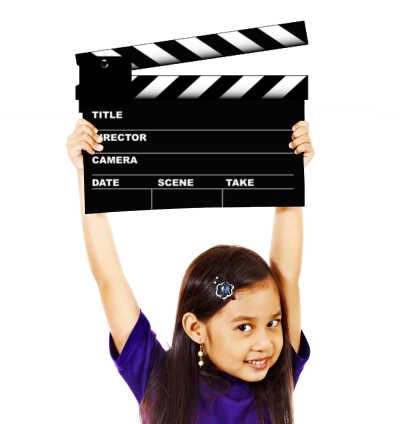
How to get started
I think that if you first learn how to make films without speaking or any dialogue, you will give yourself a real edge up on how you tell stories.
Dialogue should ONLY be used when absolutely necessary. And when you teach yourself how to make great movies without any dialogue first, then when you have to use words, you will use them sparingly. And they will be at their most effective.
A simple way to get started with this is to take your cell phone and just shoot somebody doing something. Your mom making dinner! Your dad washing the car! Your sister braiding her hair! Your brother playing with the dog! The dog digging a hole in the backyard! Take a video of anything where someone is doing something…taking an action! No speaking is allowed. Just watch them and film them. Then after you have a bunch of video, then put it together.
Try to tell a story with these moving pictures. Don’t get discouraged. You’ll suck at it in the beginning. That’s okay…we all suck in the beginning. Don’t get down on yourself, or any of that self-judging rubbish. Just keep doing it…it gets better. It really does. It is important to remember this one thing: You are learning how to create in a way that is out of the ordinary. And when you know how to do that…when you develop this skill of not conforming to another’s view of what art is …well…then…the world is your oyster and you have a wonderful creative life ahead of you.
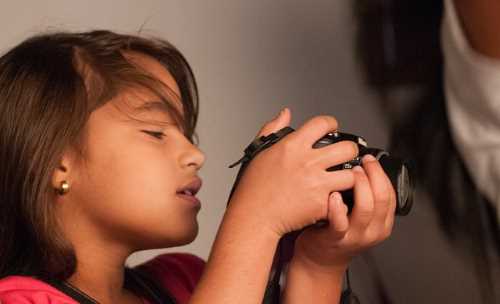
About the Author
John Montana is an actor living with his wife in L.A. and has begun to make short films. His most recent film, “Hungry” has been accepted into 24 film festivals all over the world. Check out his short film - HUNGRY at No Title Production Films.
Related Articles
Found this interesting? Why not also check out my pages on making an animation, and making time lapse films.
Homeschooling-Ideas › Activities and Ideas › Filmmaking for KidsLovely messages sent from visitors like you:
Oh my goodness! I am a home schooling mum of 4 and I have NEVER found a better site! Thank you so much.
Blessings, Jenny (New Zealand)
I wanted to say THANK YOU for your fabulous website. I found your website, and finally I have the confidence to take the plunge and take my daughter out of school and educate her at home, thank you, thank you.
Marina (UK)
I cannot get over how much great information and super ideas you have here. Fantastic!
Ruralmama (USA)
This is simply fabulous!! I just now found this site and I'm so excited!! The opportunities and suggestions as well as the need to inspire are exactly what I have been searching to fulfill!! I'm so thrilled to get started and even more excited to continue to explore all of the fabulous suggestions and creative ideas you have offered here!!! Thank you, thank you, thank you!
Jennifer (USA)

